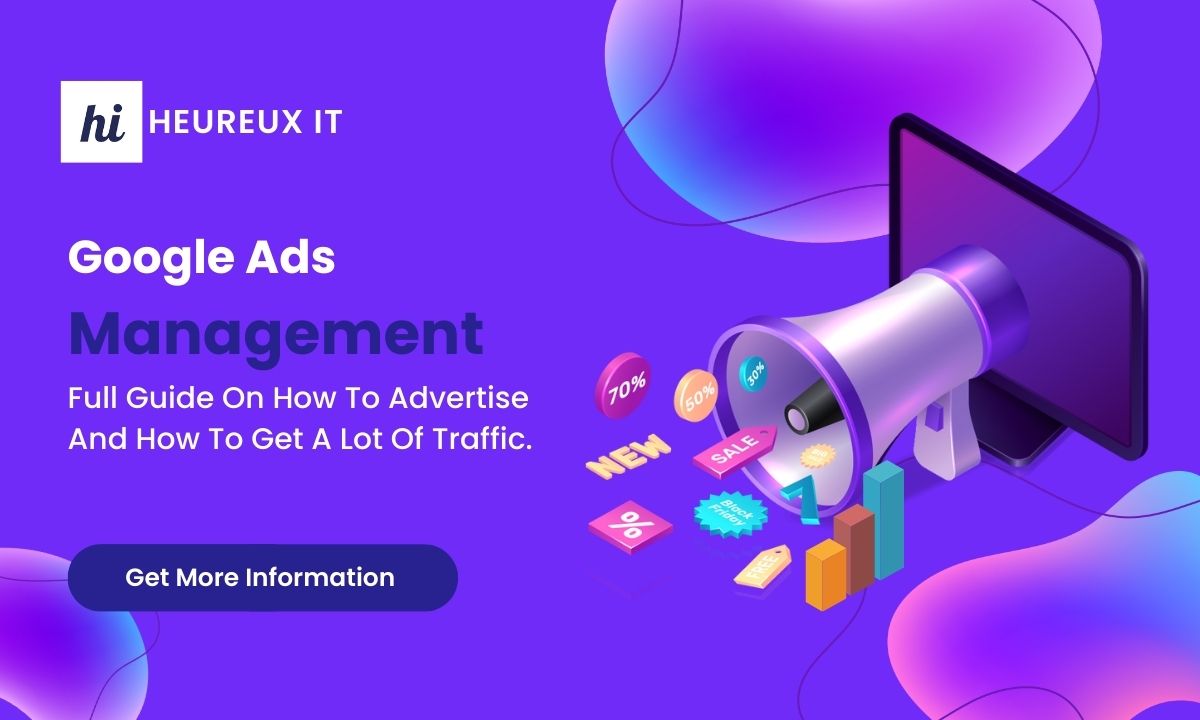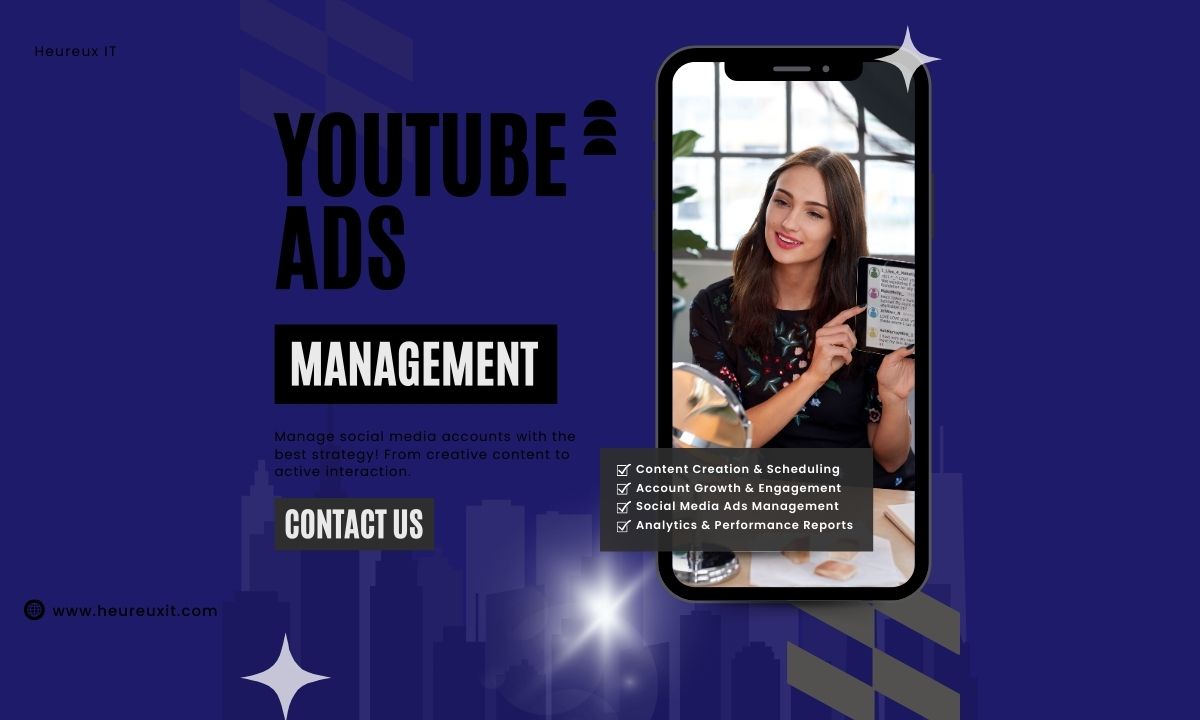Optimizing your content for search engines is crucial for increasing visibility and driving organic traffic. With the right SEO content optimization strategies, your website can rank higher in search results, helping you attract more visitors. This blog will cover essential techniques to help you enhance your content and boost search engine performance.
Conduct Thorough Keyword Research
A successful SEO content optimization strategy starts with detailed keyword research. Tools like Google Keyword Planner and Ahrefs are great for identifying search terms your target audience uses. Prioritize long-tail keywords that are specific and have lower competition. By strategically placing these keywords in titles, headings, and throughout your content, you can increase visibility without overstuffing.
Create High-Quality and Engaging Content
Search engines favor high-quality, relevant content. To improve your SEO content optimization, ensure your articles provide value by answering users’ questions and addressing their needs. Engaging and informative content encourages visitors to stay longer on your site, reducing bounce rates and signaling to search engines that your content is valuable.
Use Keyword Variations to Maintain Flow
It’s important to avoid keyword stuffing, which can harm readability and SEO performance. Instead, use keyword variations naturally throughout the content. This technique helps maintain a smooth flow while also covering different search queries. Tools like LSIGraph or Google’s related searches can provide keyword suggestions that are relevant to your topic, helping to improve the overall quality and search engine optimization of your content.
Optimize Title Tags and Meta Descriptions
Title tags and meta descriptions are critical for driving clicks from search results. Your title tag should be concise and include your main keyword, while the meta description should summarize the content in an engaging way. A well-optimized title and meta description not only improve visibility but also increase the likelihood of users clicking on your page, which can boost your site’s click-through rate (CTR).
Structure Content with Clear Headings
A well-organized content structure is a major part of SEO content optimization. Use headings (H1, H2, H3) to break down your content into digestible sections. This improves readability for users and helps search engines understand the structure of your content. Adding keywords to your headings can further enhance your optimization efforts.
Include Internal and External Links
Incorporating internal links to other pages on your site and external links to reputable sources is an important part of content optimization. Internal links help users navigate your website, keeping them on your site longer, while external links demonstrate that your content is well-researched and trustworthy. Both types of links contribute to better SEO by improving user experience and adding authority to your content.
Improve Page Load Speed
Page load speed has a direct impact on both user experience and search engine rankings. A fast-loading website reduces bounce rates, as users are more likely to stay if the page loads quickly. To optimize load speed, compress images, minimize code, and enable browser caching. Faster websites are favored by search engines, giving your content a competitive edge in search results.
Make Content Mobile-Friendly
With the increasing number of users accessing content via mobile devices, ensuring your content is mobile-friendly is essential. Use a responsive design that adapts to different screen sizes to enhance usability on all devices. Google’s mobile-first indexing means that websites optimized for mobile users are more likely to rank higher, making mobile-friendliness a key aspect of content optimization.
Add Alt Text to Images
Images are often overlooked in SEO content optimization, but adding alt text can significantly improve your search visibility. Alt text provides a description of your images, helping search engines understand what they depict. Including relevant keywords in your alt text can enhance your chances of ranking in both web and image search results.
Regularly Update Your Content
Keeping your content up to date is another important aspect of SEO content optimization. Search engines favor fresh, current content, so regularly review and update existing articles. Adding new information, refreshing outdated statistics, or improving readability can signal to search engines that your site is active, which helps maintain or improve rankings over time.







